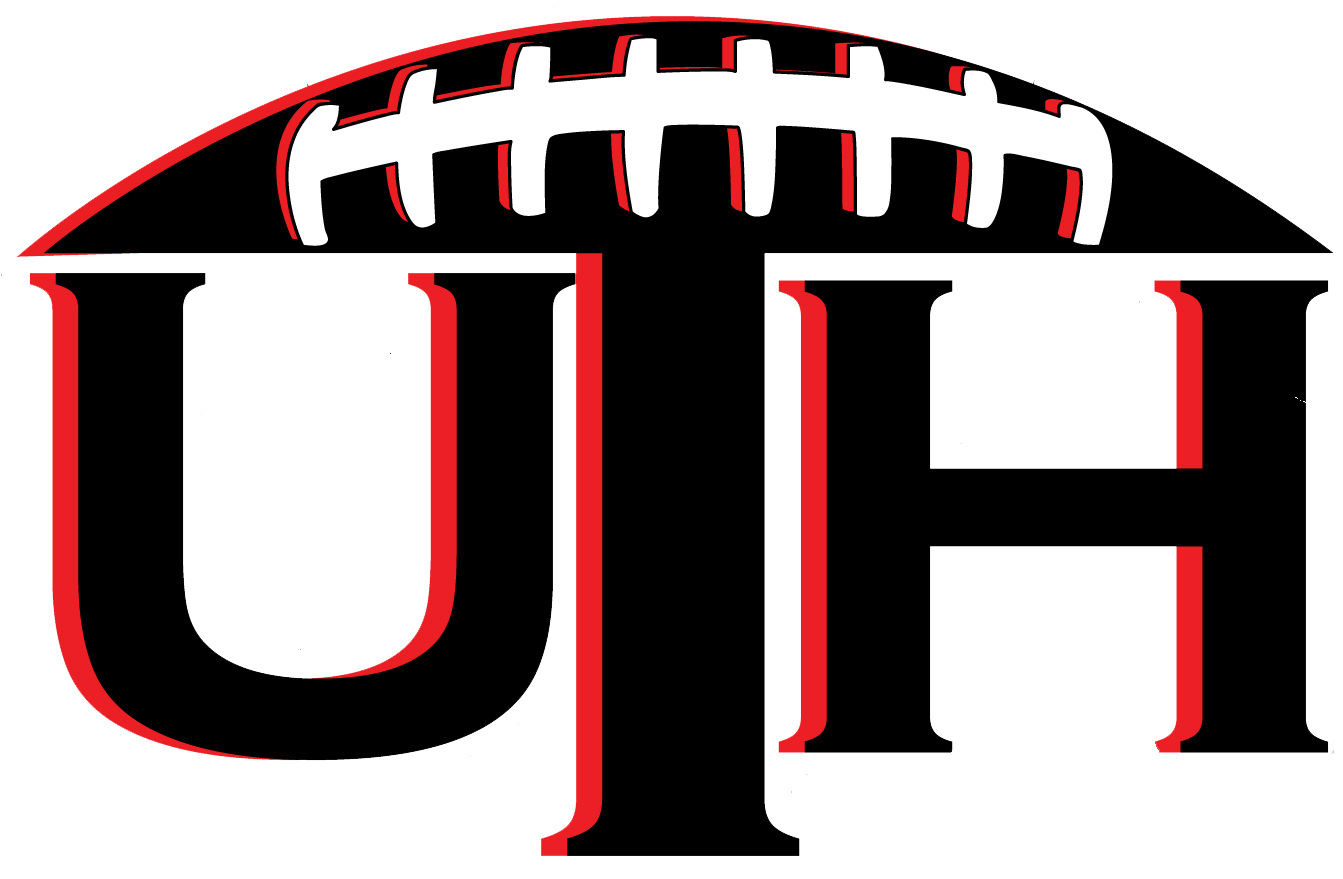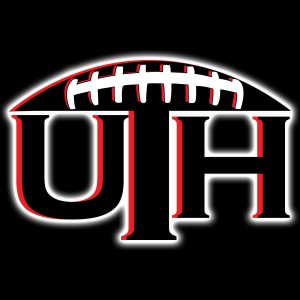Below are the season-long fill-in running backs (grade 6) in the 2018 Workhorse Matrix. These running backs are potential fill-in players but will have questionable long-term value. They are key flip players if they get the starting job.
6 – Fill-In for Season-Long Role, but Uncomfortable in Offseason
Chris Warren
From a 30,000 foot view, Chris Warren underwhelmed at the combine with a 4.69-second 40-yard dash. However, when you dig deeper, Warren was very impressive. Warren weighed in at 250 pounds, completed a 6.98 second 3 cone drill, and jumped 33″ and 10’1″ in the vertical and broad jump respectively. He only got better, running in the low 4.5s at his pro day, at 247 pounds, good for a speed score around 116, a really strong number.
Warren has the ability to run between the tackles and has good feet for a running back at 247 pounds. He also had 18 receptions, in 2017. The Texas coaching staff bizarrely suggested moving him to tight end, a good indication of his receiving ability.
Warren is a hammering running back but has an injury history. If he gets the ability to get a running start, Warren can wear out opposing defenses. Warren could be higher in the matrix, but his likely status as a day three pick does not inspire long-term confidence in his job stability as a starter.
Ryan Nall
If you are on #TeamBigRB, this is a year for you. Nall, like Warren, is a likely day three pick. He was impressive at the combine, running a 4.58-second 40-yard dash, a 6.95 second 3 cone drill, at 232 pounds. Nall exited the process as an 89% athlete, a completely under the radar figure for the projected day three pick.
Nall is not a stereotypical 230+ pound white plodding running back. He runs powerfully, but also athletically in the second level, where he is no fun to tackle by safeties. Nall is also a strong pass catcher, after entering Oregon State as a tight end recruit. His 65% receiving score at 232 is unique and makes him capable of playing all three downs in the NFL.
Nall’s profile could fit on day two, and if it does, he will get a higher grade. However, like Warren, his day three status will never make an owner feel comfortable in the offseason.
Jarvion Franklin
Franklin fits in this tier well. He ran a 4.63-second 40-yard dash and a 6.93 second 3 cone drill, which at 239 pounds, good for a 94% athleticism score.
Franklin had both rushing (95%) and receiving (88%) abilities, and carried a three-down workload in college, surpassing 1,200 yards in three of four seasons. Like all Warren and Nall, Franklin should be a day three pick, and will not have much security if he does win a job. All three represent solid picks in the third or fourth round of rookie drafts.
Ronald Jones
This is likely lower than the market for Jones, but it represents concerns about the role, scoring upside, and stability of his profile. At 205 pounds, Jones ran a 4.48-second 40-yard dash, for a speed score of 103.3, a low number for the explosivity and speed Jones is typically praised for.
UTH has been low on Jones’s tape for at least this season. His tape does not show pass catching or powerful running ability. Jones is largely a “space” player but without pass catching ability. In fact, he contributed one of two drops at Sam Darnold’s pro day and caught less than a catch per game in college. Only Ray Rice has been selected in the first round of rookie drafts since 2008 who weighed 205 pounds or less at the combine and had less than a catch per game in college. Ray Rice was a significantly better interior runner than Jones and did develop a receiving role in his last college season after Brian Leonard left Rutgers for the NFL.
There have been rumblings of questionable behavior and decision making during the pre-draft process, which only hurts his perception. Jones profiles as a back that will get between the 20s type work, but cedes high leverage rushing and receiving opportunities to other backs in a committee. He fits into the flip range of the matrix, a difficult task at the likely cost of a mid-first round rookie pick. He is a clear avoid player in the 2018 draft.
Bo Scarbrough
Before UTH questioned Ronald Jones’s valuation, months were spent criticizing the late first round valuation of Bo Scarbrough. After a down season at Alabama, Scarbrough’s value has sunk.
Like Sony Michel, Scarbrough’s metrics are hurt by the fact he is in a competitive running back pipeline. Scarbrough’s rushing (21%) and receiving (4%) metrics are poor, but he is an elite athlete (93%). Scarbrough was an elite athlete but never had 20 carries in a game at Alabama, which makes his long-term viability as a workhorse a complete projection.
Scarbrough’s cheap cost is a benefit as a flip candidate because he has name value from his time at Alabama. If he landed as a starting running back, he has good flip potential because of his residual name value.
Josh Adams
Josh Adams has a well-rounded profile, including positive athleticism (80%), rushing (70%) and receiving (74%) scores. Like Warren, Nall, and Franklin, Adams has an attractive profile, but is likely a day three pick, capping his long-term security. Adams was also the benefit of good offensive line play, which inflated his stats more than his actual skill.



